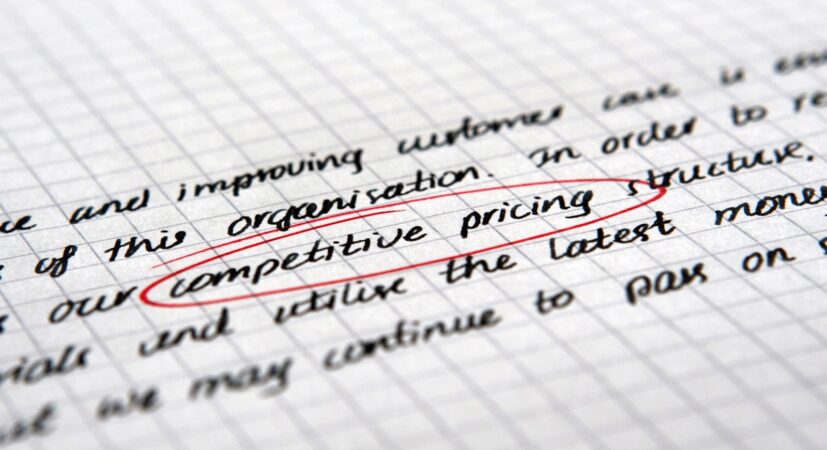In 2023, pricing is a great tool for profit through sales and marketing. Most of the business owners think about the proper pricing strategies in a competitive marketplace so that they can make a better profit. Smart pricing strategy is an effective way of changing the pricing up or down based on the demands of the products. The pricing ranges in various factors such as prices offered by competitors, cost of the production, cost of distribution, demographics of the potential buyers.
Here are the 4 most Effective smart pricing strategies that maximize the profits for your businesses.
Competitive Smart Pricing Strategy
Competitive pricing is the method of choosing key price points for the benefit of a product or service based on the market relative to the competition. This Pricing technique is used typically by businesses which have a similar product as the same attributes of products and services used by other businesses.
This kind of Pricing method is mostly used once a worth for a product or service that has reached it’s of equilibrium, that happens once a product has been on the marketplace for an extended time and there are many substitutes for the product.
When there are 2 companies have the same product. Then the prices of the same products are very close to each other in order to maintain competition for the same product.
Loss-leader Smart Pricing Strategy
Also referred to as a promotional smart pricing strategy, the goal of the pricing strategy is to attract new customers by offering initially low prices on the primary sale. Despite losing profits on the promotional product or feature, enough profits unremarkably made of the extra regular-priced product and services to sustain the strategy for the future.
Grocery store sales utilize the feature rating strategy on an everyday basis. They discount one or a lot of things on their shelves to the purpose of taking a loss of profit, with the intention of obtaining customers into their stores. It is a great tool that is applied by startups also.
Odd ending smart pricing Strategy
This smart pricing strategy tries to create a psychological effect on the mind of the customers by creating a micro-adjustment in the pricing structure of the products. For example, the price will be $14.99 instead of $15 for a product. Consumers tend to perceive “odd prices” as being lower than they actually are, tending to round to the next lowest monetary unit. Thus, prices such as $14.99 are associated with spending $14 rather than $15. It shows that companies which apply this strategy in their products have a greater demand. A recent comparison, it is shown that the sales of “.99”-priced items turned out to be 8% higher compared to “.00” prices.
Premium Smart Pricing Strategy
Premium pricing strategy is the system of getting the value of a product or service unnaturally high as to encourage favorable perceptions among Consumers, based almost entirely on the value. Premium refers to a section of a company’s brands, products, or services that carry unreal excess price within a high value. The following is meant to accomplish the tendency for consumers to assume that overpriced things as fancy and exceptional name or represent exceptional quality and distinction.
A premium pricing strategy involves setting the value of a product over a similar product. it’s accustomed to maximize profit wherever customers are happy to pay additional, wherever there aren’t any substitutes for the products or wherever there are barriers to coming into the market.
This pricing strategy is often used to show the uniqueness of the products. Some specific cases are early introduction of the product to the market, Uniqueness, Luxury products, Limited Production patents and some time no substitutes. Most Relevant example is the pricing of watches like Rolex watches and Rolls-Royce cars where the prices are extremely higher so that these companies can maintain brand values.
Each of these pricing strategies mentioned above has its place in business. At the end of the day, customers care about the value but nothing else.

